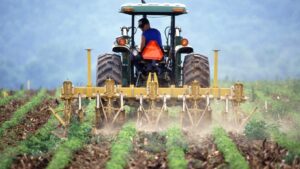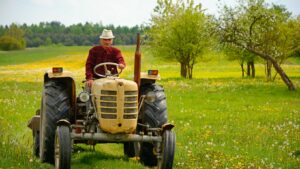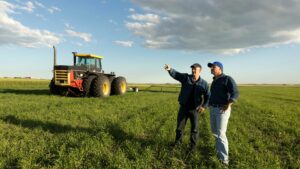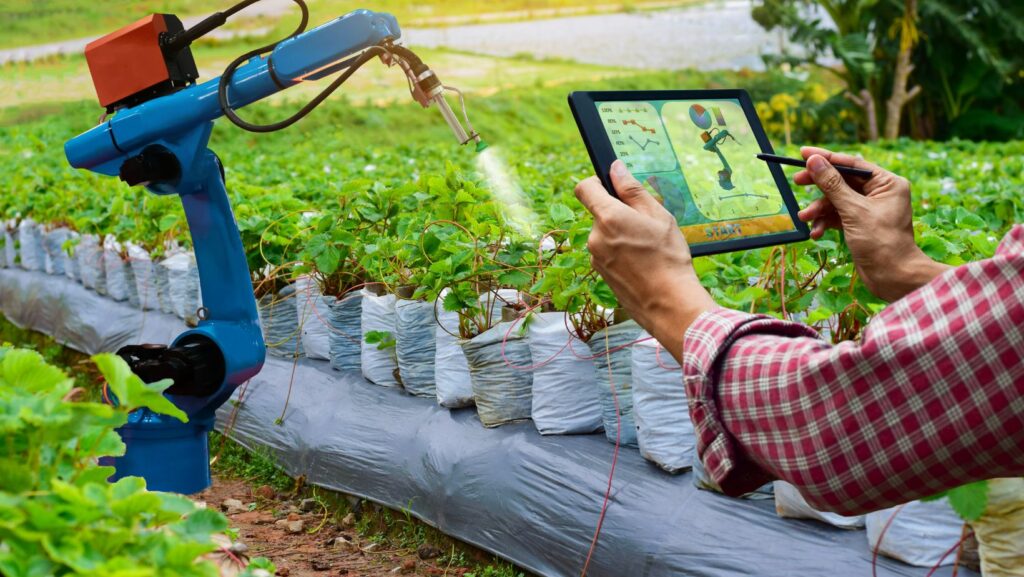 The dawn of new production techniques and machinery revolutionized the agricultural landscape, transforming the lives of farmers across the globe. As technological advancements surged, traditional farming practices gave way to more efficient methods, promising increased productivity and reduced labor. This shift wasn’t just about adopting shiny new tools; it was a complete overhaul of how farmers approached their daily tasks and long-term planning. Farmers who embraced these innovations found themselves at the forefront of a rapidly evolving industry. The introduction of machinery like tractors and harvesters allowed them to cultivate larger areas and yield more crops than ever before. However, these changes also brought challenges, as the need for technical knowledge and financial investment grew.
The dawn of new production techniques and machinery revolutionized the agricultural landscape, transforming the lives of farmers across the globe. As technological advancements surged, traditional farming practices gave way to more efficient methods, promising increased productivity and reduced labor. This shift wasn’t just about adopting shiny new tools; it was a complete overhaul of how farmers approached their daily tasks and long-term planning. Farmers who embraced these innovations found themselves at the forefront of a rapidly evolving industry. The introduction of machinery like tractors and harvesters allowed them to cultivate larger areas and yield more crops than ever before. However, these changes also brought challenges, as the need for technical knowledge and financial investment grew.
How Did The Use Of New Production Techniques And Machinery Affect Farmers?
 New production techniques and machinery transformed agriculture, making it more efficient. Increased productivity allowed farmers to cultivate larger areas with fewer resources. For example, tractors and combine harvesters enabled the plowing, planting, and harvesting of vast fields quickly. These advancements reduced the physical labor required and allowed for better use of time and energy.
New production techniques and machinery transformed agriculture, making it more efficient. Increased productivity allowed farmers to cultivate larger areas with fewer resources. For example, tractors and combine harvesters enabled the plowing, planting, and harvesting of vast fields quickly. These advancements reduced the physical labor required and allowed for better use of time and energy.
Adoption of technology led to increased yields and profits. Precision agriculture techniques such as GPS and soil sensors improved resource management. This technology allowed farmers to optimize inputs like water, fertilizers, and pesticides, increasing output while conserving resources.
Financial burdens grew for those investing in new machinery. Initial costs for equipment and technology proved substantial. Farmers without sufficient capital faced difficulties upgrading and remained reliant on traditional methods. The gap between those adapting and those left behind widened.
Overall, the adoption of new production techniques and machinery offered significant opportunities for growth and efficiency. However, farmers had to navigate financial, educational, and environmental challenges in this evolving landscape.
Evolution Of Production Techniques
Agricultural production has changed dramatically with the evolution of techniques and machinery. These advancements have transformed farming operations and have had significant impacts on productivity and efficiency.
Traditional Methods
Farmers historically relied on manual labor and simple tools like hoes and plows. These methods required substantial time and effort. Limited by their physical constraints, farmers often practiced crop rotation and animal labor usage to maintain soil fertility and perform tasks like tilling and planting. Although efficient within their limits, these practices constrained farm size and potential yield.
Introduction Of Machinery
 The introduction of machinery revolutionized traditional farming. Tractors and mechanized plows reduced labor requirements and expanded the scale of farming operations. Machines like combine harvesters integrated tasks such as reaping, threshing, and winnowing, drastically improving efficiency. These innovations allowed farmers to manage larger plots more effectively, leading to increased crop yields and the ability to meet growing food demands. Despite productivity gains, acquiring machinery entailed financial investments and required technical training, representing significant shifts in how farming was approached.
The introduction of machinery revolutionized traditional farming. Tractors and mechanized plows reduced labor requirements and expanded the scale of farming operations. Machines like combine harvesters integrated tasks such as reaping, threshing, and winnowing, drastically improving efficiency. These innovations allowed farmers to manage larger plots more effectively, leading to increased crop yields and the ability to meet growing food demands. Despite productivity gains, acquiring machinery entailed financial investments and required technical training, representing significant shifts in how farming was approached.
Economic Impact On Farmers
The integration of new production techniques and machinery has substantially affected farmers economically, altering productivity levels and increasing financial pressures.
Increased Productivity
New machinery, like tractors and combine harvesters, has significantly elevated agricultural productivity. With these tools, farmers manage larger plots more efficiently, boosting crop yields while reducing manual labor. Precision agriculture techniques, such as GPS and soil sensors, have enabled resource optimization, ensuring effective use of water and fertilizers. This technological shift has met growing food demands by enhancing yield potential.
Social And Cultural Changes
Advancements in production techniques and machinery have reshaped the social and cultural landscape of rural farming communities. These changes have transformed relationships, labor dynamics, and cultural identities.
Alteration Of Rural Communities
Modern machinery reduced the need for manual labor, decreasing the demand for a large labor force on farms. This shift led to urban migration as workers sought alternative employment opportunities. With a declining population, rural communities experienced changes in demographics and diminished social cohesion.
Shift In Farming Practices
Farmers adopted new methods and techniques in response to technological advancements. The use of sophisticated machinery and precision tools required specialized skills, pushing farmers to acquire technical knowledge. Traditional practices evolved, emphasizing innovation and efficiency in farming operations over conventional methods.

